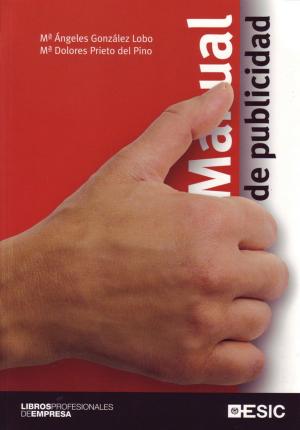The Small & Middle size Enterprise internationalization challenges. Cheese manufacturer Flor del río Anas Case-Study
| Author: | Jesús Centenera Ulecia | ISBN: | 9788417129583 |
| Publisher: | ESIC | Publication: | December 15, 2009 |
| Imprint: | Language: | English |
| Author: | Jesús Centenera Ulecia |
| ISBN: | 9788417129583 |
| Publisher: | ESIC |
| Publication: | December 15, 2009 |
| Imprint: | |
| Language: | English |
There are plenty of case-studies about strategy and functional areas ofcompanies in their local markets, but not as many of them about theinternationalization process. Whenever we found some, especially thosedeveloped by prestigious business schools, we see that most of them focus onthe internationalization process and circumstances of Multinational companies,with famous brands, because they are widely known and there is plenty of publicinformation about them. Nevertheless, globalization is a phenomenon thataffects all kind of companies, including the Small and Middle size Enterprises(SME) worldwide.How should these companies face the new problems and challenges whenthey usually have fewer resources, mainly human resources, but also financingand information? What lessons can they learn of similar companies which hadalready gone through this process? What do they need to adapt to becomeglobal, or at least regional, players?This case-study pretends to become a tool for faculties who would like toaddress these issues with their students, to help them think about theseproblems, to analyze them in detail, and to develop strategies to try to solvethem.To achieve this goal, we have tried to cover the different areas involved, fromlogistics, to accounts receivable risk management, from lack of specializedHuman resources, to brand promotion, including the debate of private labelversus own label, and about product adaptation versus standardization. Each ofthe topics covered, present a quite usual situation for these types of companies,and ask for several alternatives to solve them.The name of the company and the products brands have been changed, aswell as some of the characters of our case-study, although it could be one ofmany, as most of these small family companies and some cooperatives lookpretty much alike. Nevertheless, no critic is intended, and the case-study is foracademic use only. Furthermore, no specific solution is given, as it may varyaccording to the participants inputs and background or the faculty approach tothese topics.
There are plenty of case-studies about strategy and functional areas ofcompanies in their local markets, but not as many of them about theinternationalization process. Whenever we found some, especially thosedeveloped by prestigious business schools, we see that most of them focus onthe internationalization process and circumstances of Multinational companies,with famous brands, because they are widely known and there is plenty of publicinformation about them. Nevertheless, globalization is a phenomenon thataffects all kind of companies, including the Small and Middle size Enterprises(SME) worldwide.How should these companies face the new problems and challenges whenthey usually have fewer resources, mainly human resources, but also financingand information? What lessons can they learn of similar companies which hadalready gone through this process? What do they need to adapt to becomeglobal, or at least regional, players?This case-study pretends to become a tool for faculties who would like toaddress these issues with their students, to help them think about theseproblems, to analyze them in detail, and to develop strategies to try to solvethem.To achieve this goal, we have tried to cover the different areas involved, fromlogistics, to accounts receivable risk management, from lack of specializedHuman resources, to brand promotion, including the debate of private labelversus own label, and about product adaptation versus standardization. Each ofthe topics covered, present a quite usual situation for these types of companies,and ask for several alternatives to solve them.The name of the company and the products brands have been changed, aswell as some of the characters of our case-study, although it could be one ofmany, as most of these small family companies and some cooperatives lookpretty much alike. Nevertheless, no critic is intended, and the case-study is foracademic use only. Furthermore, no specific solution is given, as it may varyaccording to the participants inputs and background or the faculty approach tothese topics.















